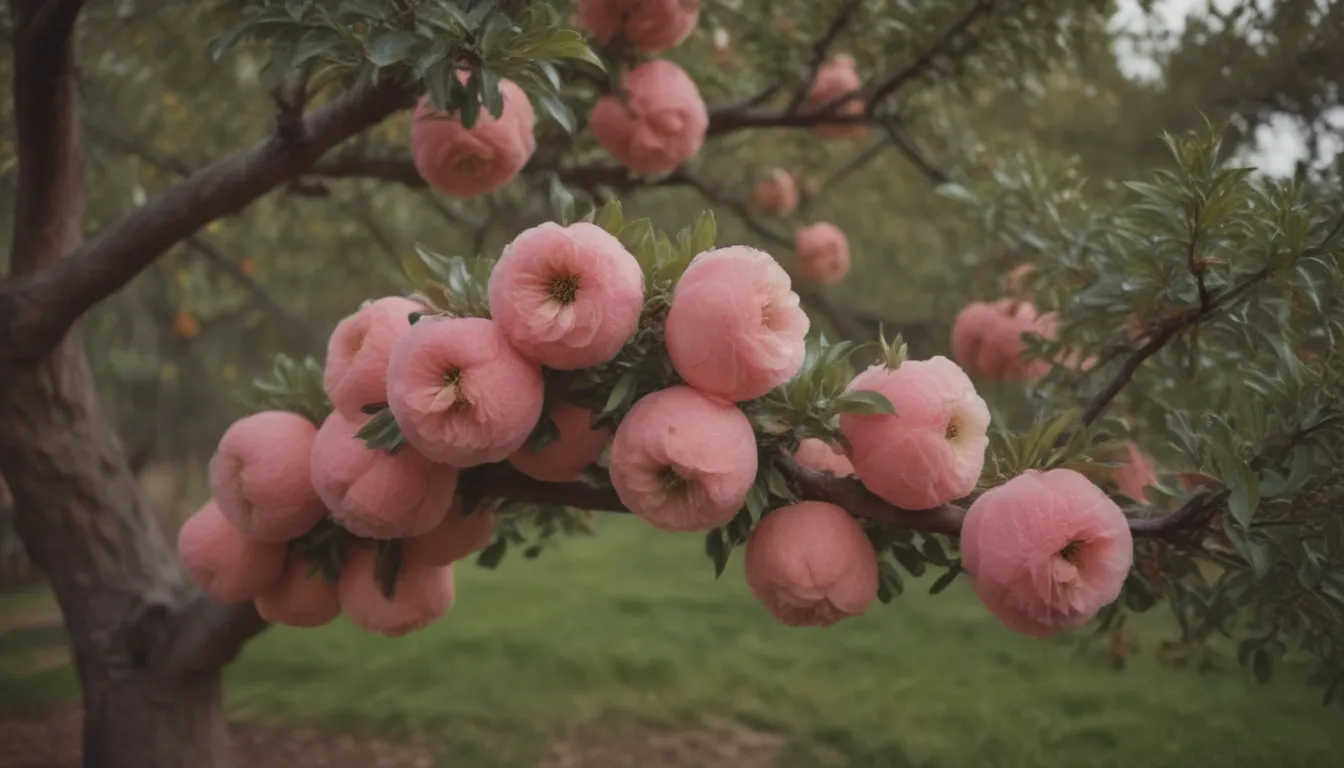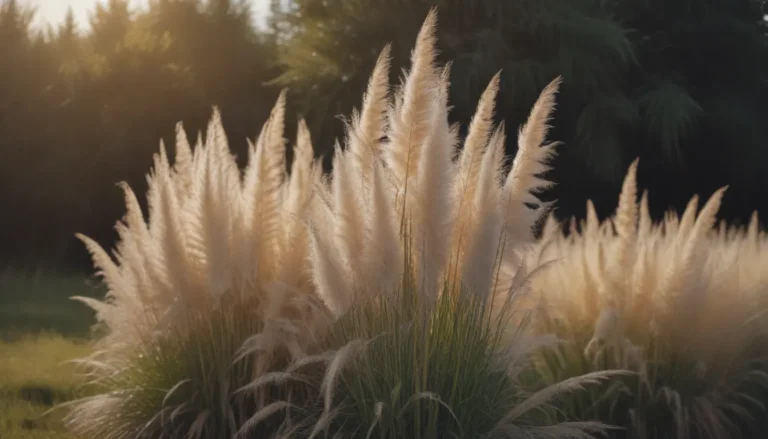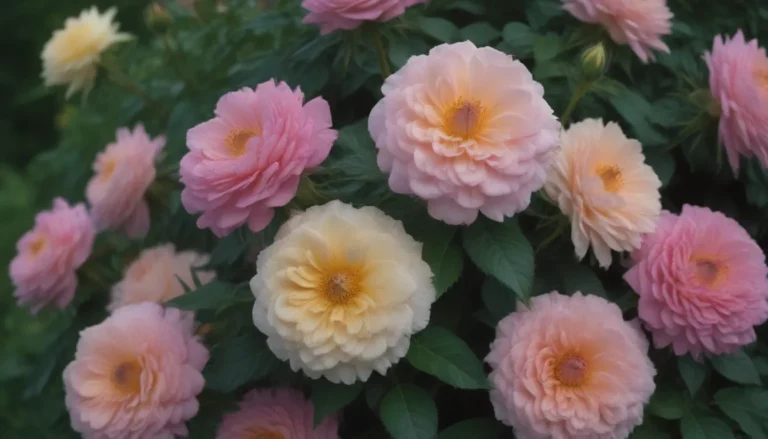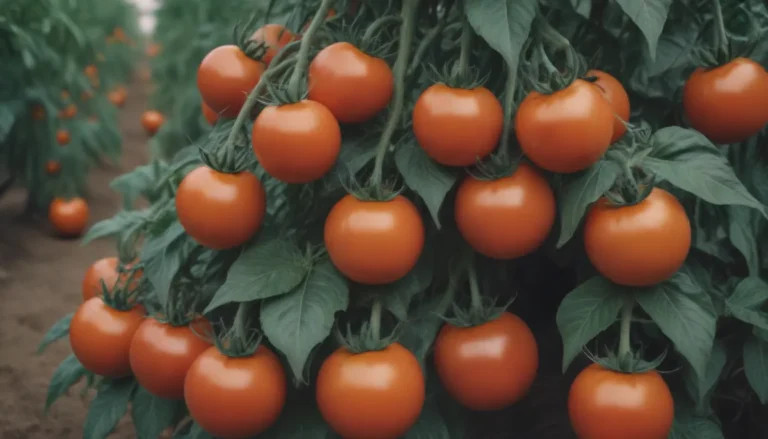A Comprehensive Guide on Growing and Caring for Quince Trees

If you’re looking to add a unique and delicious fruit tree to your garden, the quince tree might be just what you need. Also known as common quince, this fruiting tree produces large, fragrant, firm yellow fruit that can be used in a variety of culinary delights once cooked. While the raw fruit is acidic and bitter, once it is cooked, it can be used in jellies, pastries, and other desserts.
In this in-depth guide, we will explore everything you need to know about planting and caring for quince trees. From selecting the perfect site to harvesting your fruit, we’ve got you covered. So, grab your gardening gloves and let’s dive into the world of quince trees!
Planting Your Quince Tree
When to Plant
Plant your quince tree in early spring to give it the best start. Avoid planting during hot, dry weather, as this can stress the tree.
Selecting a Site
Choose a sheltered spot in the sun, away from strong winds. Avoid low-lying areas where frost can accumulate.
Spacing, Depth, and Support
If planting more than one quince tree, space them 10 to 15 feet apart. Dig a hole twice as wide as the tree’s roots and set the tree at the same depth as it was in its nursery container. Make sure to spread out the roots when planting.
Caring for Your Quince Tree
Light
Quince trees thrive in full sun, which helps produce the best fruit and prevents disease. Some partial shade can be tolerated.
Soil
Ensure the soil around your quince tree is well-drained, slightly moist, and rich in organic content. Quince trees prefer acidic soil but can tolerate low alkalinity. Avoid soil that is too basic, as it can lead to iron deficiencies.
Water
Quince trees are not drought-tolerant and need regular watering, especially during establishment. Give your tree a deep watering every two weeks to once a month, depending on temperature. Insufficient water can result in fruit drop, while overwatering can lead to issues like fire blight.
Temperature and Humidity
Quince trees prefer warm, sheltered spots but can withstand cold temperatures down to -15 degrees Fahrenheit. They thrive in USDA zones 5 to 9.
Fertilizer
Fertilize your quince tree once a year during winter with a slow-release, low-nitrogen fertilizer. High nitrogen content can invite disease, so be cautious with fertilizer application.
Types of Quince Trees
Quince Tree vs. Japanese Quince
The quince tree (Cydonia oblonga) is different from the Japanese quince (Chaenomeles japonica), which is an ornamental flowering shrub. The Japanese quince produces pale pink or white blooms and is rarely grown for its fruit.
Harvesting Quince Fruit
Quince trees typically start fruiting when they are five or six years old. The fruit does not ripen on the tree, so wait until fall to harvest. Ripe fruit will be golden yellow and fragrant, ready to be picked before the first frost.
Growing Quince Trees in Pots
Growing a quince tree in a pot requires diligence, especially when it comes to watering. Choose a dwarf quince tree for best results, ensuring the roots have ample space to spread out. Rich, well-drained soil and full sun are essential for container-grown quince trees.
Pruning and Propagating Quince Trees
After the last frost, prune dead and damaged branches, and remove lower branches. Be cautious when pruning, as fruit develops on old growth. Suckering quince trees should have their suckers removed promptly.
Propagating a quince tree from cutting is a reliable method. Take cuttings in fall or early winter and follow proper techniques for successful propagation.
Common Pests and Diseases
Quince trees are susceptible to pests like codling moths, which can lead to wormy fruits. Fire blight is a bacterial disease that affects quince trees and other fruiting trees. Proper management practices and vigilance can help prevent these issues.
In conclusion, growing and caring for a quince tree can be a rewarding experience. With the right knowledge and care, you can enjoy delicious fruit from your own backyard. So, go ahead and plant a quince tree today to enhance your garden and enjoy the fruits of your labor!





